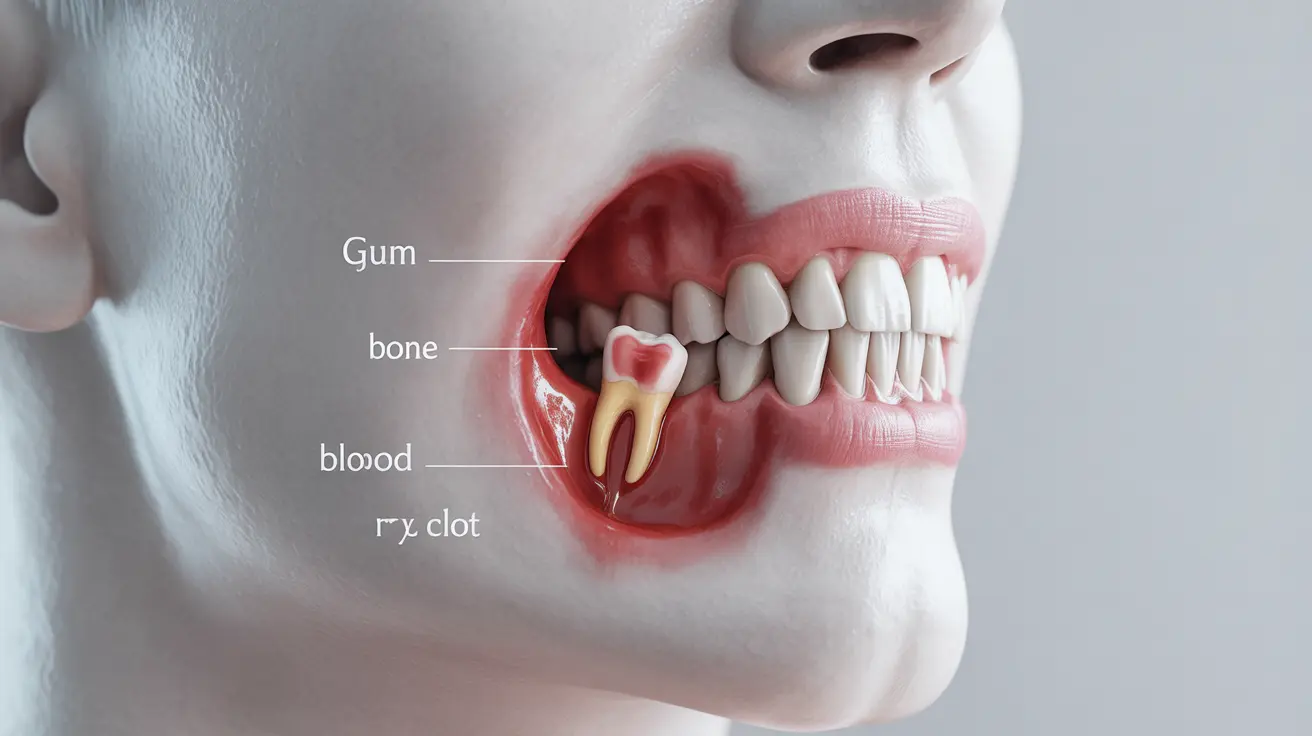After a tooth extraction, proper aftercare is crucial to prevent a painful condition known as dry socket. This complication occurs when the blood clot that normally forms to protect the extraction site becomes dislodged or fails to develop, exposing sensitive nerve endings and bone. Understanding how to prevent dry socket can significantly improve your recovery experience and reduce the risk of complications.
While dry socket only affects about 2-5% of routine extractions, the risk increases for certain procedures like wisdom tooth removal. Following specific preventive measures can dramatically reduce your chances of developing this uncomfortable condition.
Understanding Dry Socket Risk Factors
Several factors can increase your likelihood of developing dry socket:
- Previous history of dry socket
- Smoking or tobacco use
- Poor oral hygiene
- Complex extractions
- Birth control pills
- Advanced age
- Location of extracted tooth (particularly wisdom teeth)
Essential Prevention Steps After Extraction
Proper Blood Clot Formation
The first 24 hours after extraction are critical for blood clot formation. During this time:
- Bite gently on gauze as directed by your dentist
- Avoid touching the extraction site with your tongue or fingers
- Keep your head elevated while sleeping
- Minimize talking and physical activity
Oral Hygiene Guidelines
Maintaining cleanliness without disrupting the healing site is essential:
- Wait 24 hours before gentle rinsing
- Use salt water rinses as directed by your dentist
- Continue brushing other teeth normally, avoiding the extraction site
- Follow any prescribed antimicrobial mouth rinse instructions
Lifestyle Modifications for Prevention
Smoking and Tobacco Use
The suction from smoking can dislodge the protective blood clot. Additionally, chemicals in tobacco products can interfere with healing. Avoid all forms of tobacco for at least 72 hours after extraction, though longer is better for optimal healing.
Diet Considerations
Your food and drink choices can significantly impact healing:
- Stick to soft, cool foods for the first few days
- Avoid hot beverages and foods
- Don't use straws for at least a week
- Stay away from crunchy, sticky, or hard foods
- Keep food away from the extraction site while eating
Warning Signs and When to Seek Help
Monitor your recovery and watch for these potential signs of dry socket:
- Severe pain 2-3 days after extraction
- Visible bone in the socket
- Bad taste or odor from the extraction site
- Pain radiating to the ear, eye, temple, or neck
Frequently Asked Questions
- What are the most effective steps I can take at home to prevent dry socket after a tooth extraction?
The most effective prevention steps include avoiding smoking, not using straws, maintaining gentle oral hygiene, following a soft food diet, and avoiding touching the extraction site. Carefully following your dentist's post-operative instructions is crucial.
- How long should I avoid smoking to reduce the risk of dry socket, and are there safer alternatives during healing?
Avoid smoking for at least 72 hours after extraction, though waiting 7-10 days is ideal. While nicotine patches or gum might seem like alternatives, it's best to avoid all nicotine products as they can impair healing.
- Can using chlorhexidine mouthwash or gel before and after extraction help prevent dry socket?
Yes, chlorhexidine products can help prevent dry socket when used as prescribed by your dentist. These antimicrobial agents help reduce bacteria in the mouth that could interfere with proper healing.
- What foods and drinks should I avoid after tooth extraction to lower my chances of developing dry socket?
Avoid hot, spicy, crunchy, or sticky foods. Also stay away from alcoholic beverages, carbonated drinks, and anything requiring a straw. Stick to cool, soft foods like yogurt, smoothies (eaten with a spoon), and mashed potatoes.
- When should I contact my dentist if I suspect I have a dry socket after an extraction?
Contact your dentist immediately if you experience severe pain 2-3 days after extraction, especially if accompanied by a foul taste or odor, visible bone in the socket, or pain radiating to your ear, eye, or neck.




